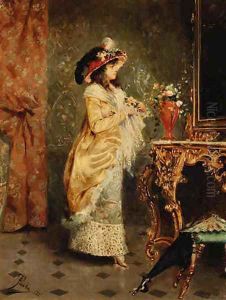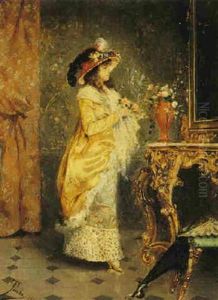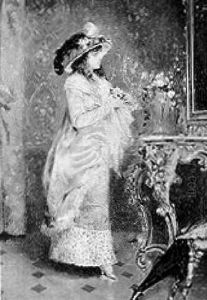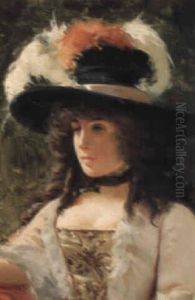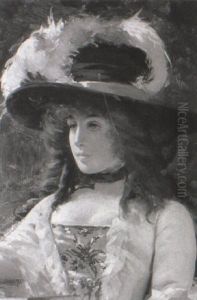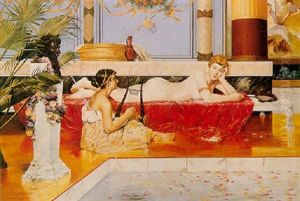Casimiro Tomba Paintings
Casimiro Tomba was an Italian painter and sculptor born on August 22, 1885, in Ancona, Italy. Although not as widely known as some of his contemporaries, Tomba contributed to the artistic landscape of Italy during a period of significant transformation, which spanned from the late 19th century into the 20th century.
Tomba’s early life and education in the arts remain somewhat obscure, but it is known that he was active during a time when Italy was experiencing a resurgence in cultural and artistic endeavors, following its unification in 1861. This period, known as the 'Risorgimento,' saw the emergence of various artistic movements that sought to define a new national identity through the arts.
Throughout his career, Casimiro Tomba was known for his versatility in both painting and sculpture. His style was influenced by the prevailing artistic movements of the time, including Realism, which emphasized the depiction of everyday life and the natural world, as well as Impressionism, which focused on capturing light and its changing qualities.
Tomba's works were exhibited in various Italian cities, and he gained a moderate level of success and recognition during his lifetime. He was particularly adept at portraiture, still lifes, and landscapes, showcasing a keen eye for detail and a deep appreciation for the beauty of his surroundings.
Casimiro Tomba passed away on October 24, 1970, leaving behind a modest but meaningful body of work that provides insight into the artistic trends and cultural milieu of his time. Today, his pieces can be found in private collections and regional museums throughout Italy, where they continue to be appreciated by art enthusiasts and historians alike.
